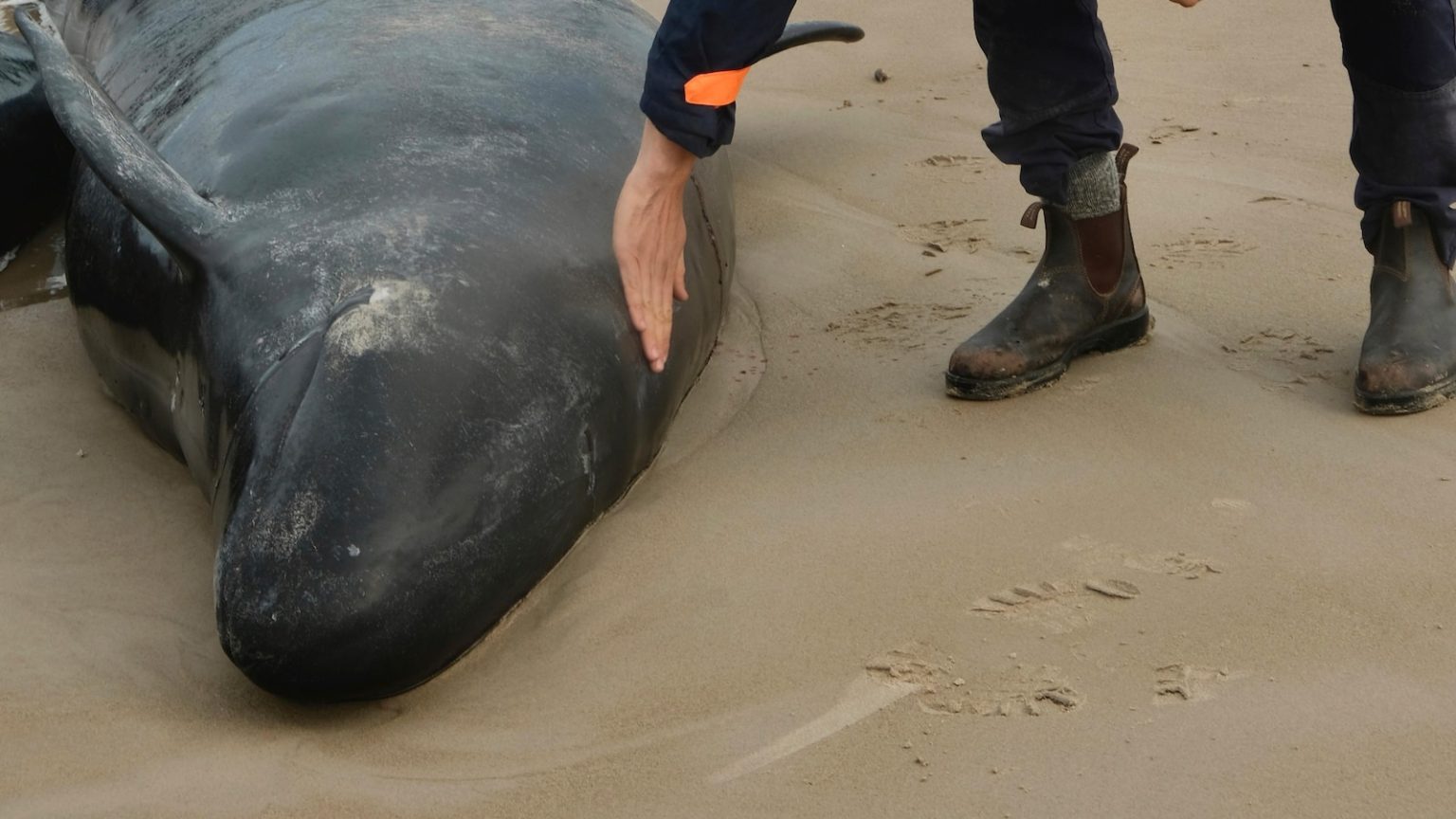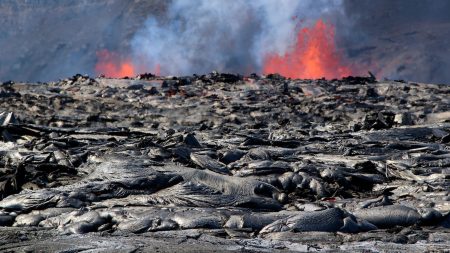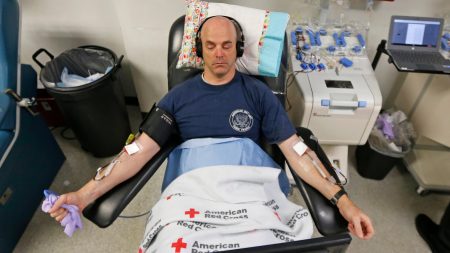The Devastating Stranding of False Killer Whales in Tasmania
1. A Desperate Rescue Operation
On Tuesday afternoon, a pod of 157 false killer whales was discovered stranded on a remote beach near Arthur River in Tasmania’s northwestern coast. The situation was dire, with marine experts, veterinarians, and emergency responders racing against time to save the whales. Shelley Graham, the incident controller, explained that rescue efforts were hindered by unfavorable ocean and weather conditions, which prevented the whales from being refloated. Despite attempts to relocate and refloat two whales, the animals repeatedly restranded, unable to navigate past the break in the ocean. The worsening conditions were expected to persist for days, dashing hopes of a successful rescue. By Wednesday morning, only 90 whales were still alive, down from an initial count of 136 survivors earlier in the day.
2. The Heartbreaking Decision to Euthanize
As the hours passed, the reality of the situation became clear: the whales were suffering indiscriminately, and all alternative rescue options had been exhausted. Marine biologist Kris Carlyon confirmed that euthanasia was the only humane option left. “The longer these animals are out stranded, the longer they are suffering,” Carlyon said. The decision was fraught with emotion, as rescuers and onlookers alike grappled with the helplessness of watching these magnificent creatures succumb to their fate. The inaccessibility of the beach and the challenges of transporting specialized equipment to the remote area further compounded the difficulties faced by the response team.
3. A Rare and Mysterious Event in Tasmanian History
The stranding of false killer whales in Tasmania is an exceedingly rare occurrence. According to Brendon Clark, a liaison officer with the Department of Natural Resources and Environment, this is the first such incident since 1974, when a pod of over 160 false killer whales stranded near Stanley on the northwest coast. Typically, Tasmania experiences strandings of pilot whales, not false killer whales. Clark declined to speculate on the cause of this latest stranding, emphasizing that the carcasses of the dead whales would be examined for clues. A helicopter reconnaissance revealed no other whales within 10 kilometers of the stranded pod, suggesting that the entire group had been affected.
4. The Harsh Reality of Remote Rescue Missions
The remote location of the stranding added another layer of complexity to the rescue efforts. The beach, exposed and inaccessible, made it difficult for rescuers to reach the whales, let alone transport the necessary equipment to the site. The young whales, weighing as little as 500 kilograms (1,100 pounds), and the adults, weighing up to 3 metric tons (3.3 U.S. tons), presented a formidable challenge for the team. Despite their best efforts, the rescuers were unable to overcome the combined obstacles of the terrain, the weather, and the sheer size of the whales. The futility of the situation was evident to all involved, including local residents who had gathered at the scene.
5. Eyewitness Accounts of the Tragedy
Jocelyn Flint, a local resident of Arthur River, described the emotional toll of witnessing the stranded whales. Her son had discovered the pod while fishing for shark around midnight on Tuesday. Flint visited the scene in the early hours of the morning and returned after dawn, only to find the whales beyond help. “The water was surging right up, and they were thrashing,” she said. “They’re just dying, they’ve sunk down in the sand. I think it’s too late.” Flint’s account highlighted the desperation and sadness of the situation, as the whales—some of them young calves—struggled in vain to free themselves. “There are little babies. Up one end, there’s a lot of big ones. It’s sad,” she added.
6. A Grim Reminder of the Mysteries of Marine Life
The stranding of false killer whales in Tasmania serves as a poignant reminder of the mysteries that still surround marine life. In 2020, 470 long-finned pilot whales stranded in Macquarie Harbor, the largest mass-stranding event in Australian history. Just two years later, in 2022, 230 pilot whales met a similar fate in the same harbor. While the exact reasons for these strandings often remain unclear, experts point to possible factors such as disorientation caused by loud noises, illness, old age, injury, fleeing predators, and severe weather. The inability to determine the cause of such events underscores the complexity of marine ecosystems and the challenges faced by those working to protect them. For now, the focus remains on understanding and learning from these tragic incidents, in the hope of preventing similar outcomes in the future.















